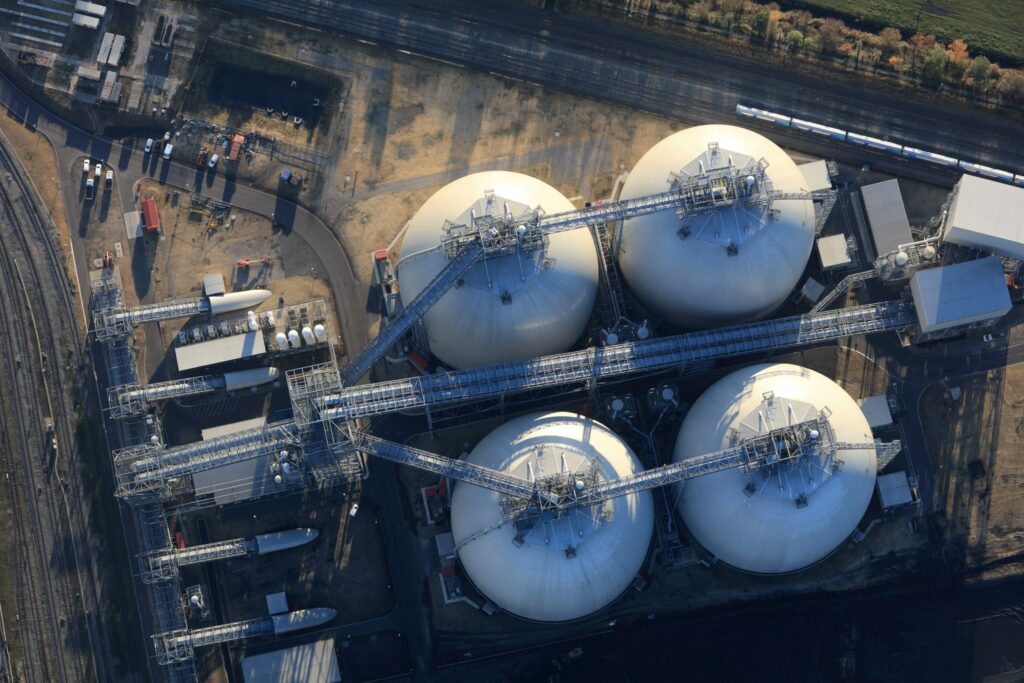Last year was Britain’s greenest yet, with renewables generating more power than fossil fuels for the first time according to a new report from Drax Electric Insights.
Solar and wind generated 30% of the country’s energy demand in 2020, increasing by a sixth on 2019, to supply over 100TWh of electricity. This puts it at about half the level required by 2025 according to the Climate Change Committee (CCC), showing strong progress.
This follows a number of record breaking achievements for renewables, including wind output hitting an instantaneous peak of over 17.4 GW according to the report, wind delivering a quarter of Britain’s electricity across the year and the first ever coal free Christmas, with strong renewables keeping the fossil-fuel off the grid on Christmas for the first time since the electricity age began in the 1880s.
Emissions were down significantly in the electricity sector, falling 16% year-on-year, although this was largely due to the reduced demand caused by COVID-19. In particular during Britain’s first lockdown, demand plummeted to record low levels as factories, shops and other workplaces closed.
The suppressed demand and high renewable generation also saw electricity prices fall to their lowest in 15 years. But with system balancing pushed dramatically, fossil-fuelled power stations earned 25% more per unit of output over 2020 than wind and solar farms, as National Grid ESO turned to them for flexibility and frequency services.
Similarly, as the operator worked to balance high generation, curtailment doubled at a cost of over a quarter of a billion pounds.
Fossil-fuel stations capitalising on volatile prices has continued in 2021, this time driven by high demand and low generation. As such, EDF earned more in three days in January than in Q3 in 2020 from frequency services as its West Burton B plant was called into action at record breaking imbalance prices.
Dr Iain Staffell of Imperial College London, lead author of the quarterly Electric Insights report 2020, saw the nation “edge closer to the power system of the future”.
“The next steps we must take towards a net zero power system will be more challenging – driving out the last sources of fossil carbon will require us to go beyond just having more wind and solar power. New business models, backed by policy and investment, will be needed to bring advanced-but-proven technologies into the mainstream.
“This means that the electricity used in homes, hospitals, offices and factories could even be carbon negative – sourced from a range of low, zero carbon and negative emissions technologies.”
The Electric Insights report suggests that new green technologies will be needed to meet the CCC’s decarbonisation targets however, including bioenergy with carbon capture and storage (BECCS), hydrogen and nuclear.
Will Gardiner, Drax Group CEO, added: “Biomass is unique amongst renewable technologies due to its versatility, from being used in power generation to hydrogen production – and even new forms of plastics. Add to this its ability to deliver negative emissions with BECCS – biomass is one of our most valuable tools for reaching net zero emissions – a technology Drax is ready to invest in.”
The Drax Electric Insights report 2020 follows similar reports from National Grid ESO and Ember and Agora Energiewend, which also pointed to the dramatic success of renewable energy in 2020.





